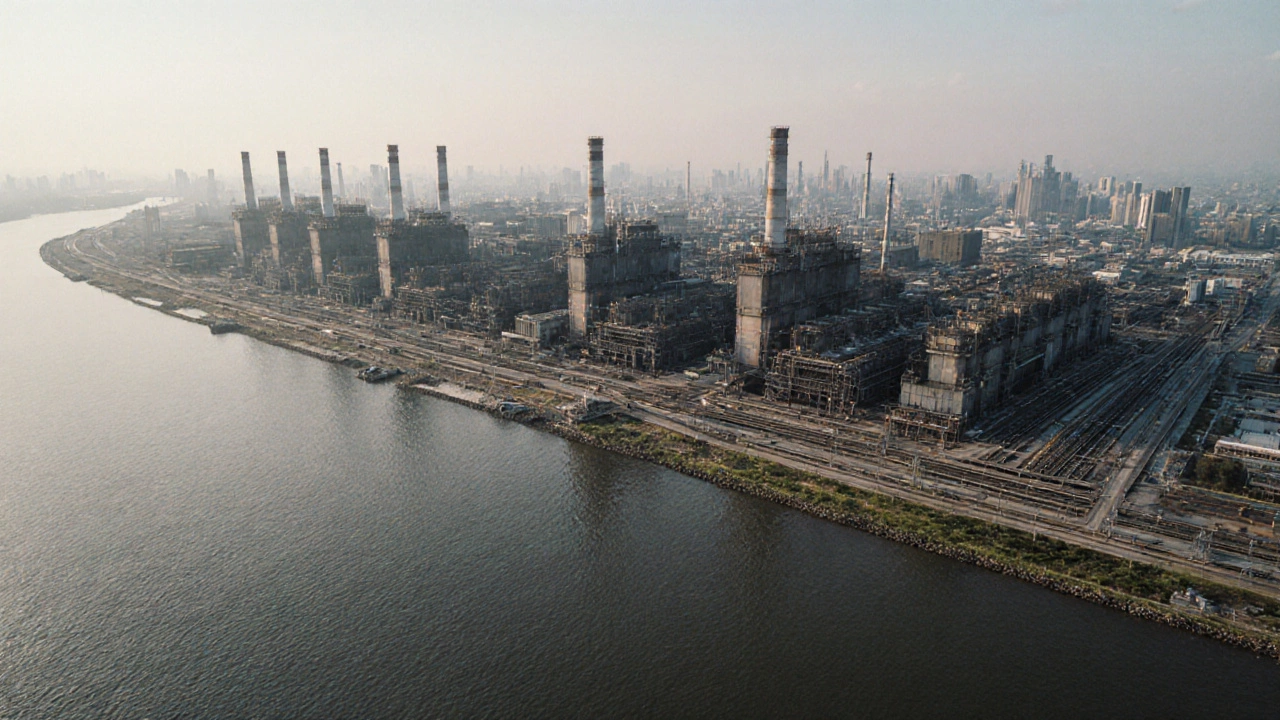Steel Production Capacity Explained
When talking about steel production capacity, the maximum amount of steel a plant can produce over a set period, usually measured in million tonnes per year. Also known as production capability, it determines how much raw material is needed, how many jobs are created, and how competitive a region can be in the global market.
The Indian steel industry, one of the world’s fastest‑growing manufacturing sectors, relies heavily on expanding its production capacity to meet rising domestic demand and export targets. As capacity rises, so does the country’s ability to supply construction, automotive, and infrastructure projects, which in turn fuels further investment. This creates a clear link: higher steel production capacity drives greater industrial output and economic growth.
Effective capacity planning, the process of forecasting, designing, and managing a plant’s output limits is essential for keeping the supply chain balanced. Planners consider plant size, technology upgrades, raw material availability, and energy costs. When these attributes align, a plant can hit its target tonnes without costly bottlenecks, illustrating the triple: capacity planning requires accurate demand forecasts and enables optimal steel production capacity.
Key production metrics, such as annual tonnage, furnace load factor, and scrap utilization rate give a clear picture of how well a facility is performing against its capacity potential. A plant with a 10 Mt capacity that consistently runs at 80 % load is far more efficient than one with the same capacity operating at 55 % load, showing how performance metrics influence overall industrial output.
Globally, regions like Pittsburgh in the United States have long been recognized as steel powerhouses, but today new hubs are emerging. India’s steel capitals—like Jharkhand and Odisha—are rapidly expanding their capacity to compete with traditional centers. This shift highlights a semantic connection: steel production capacity influences the geographic distribution of manufacturing strength, reshaping where jobs and investment flow.
Recent government initiatives, such as the Production Linked Incentive (PLI) scheme, directly target capacity expansion by offering financial support for modern equipment and green technologies. These policies illustrate how national schemes can boost a region’s steel production capacity, which in turn accelerates industrial growth and improves trade balances.
Despite the upside, expanding capacity brings challenges. Securing enough iron ore, coking coal, and affordable electricity can limit how quickly a plant scales up. Environmental regulations also demand cleaner processes, meaning capacity upgrades often involve costly retrofits. Understanding these constraints is crucial for anyone evaluating the feasibility of new projects.
On the opportunity side, adopting electric arc furnace (EAF) technology and increasing scrap recycling can lift capacity without proportionally raising raw material consumption. Companies that integrate these innovations tend to achieve higher load factors and better environmental scores, showing a direct link between technology adoption and effective steel production capacity management.
Below, you’ll find a curated collection of articles that dive deeper into profitability, global rankings, raw material sourcing, and sector‑specific insights—all tied to the theme of steel production capacity and its wider impact on manufacturing in India and beyond.

Where Is the World’s Largest Steel Plant Located?
Discover the location, capacity, and key features of the world's largest steel plant - Shanghai Baosteel Integrated Steel Mill in China.
Read More